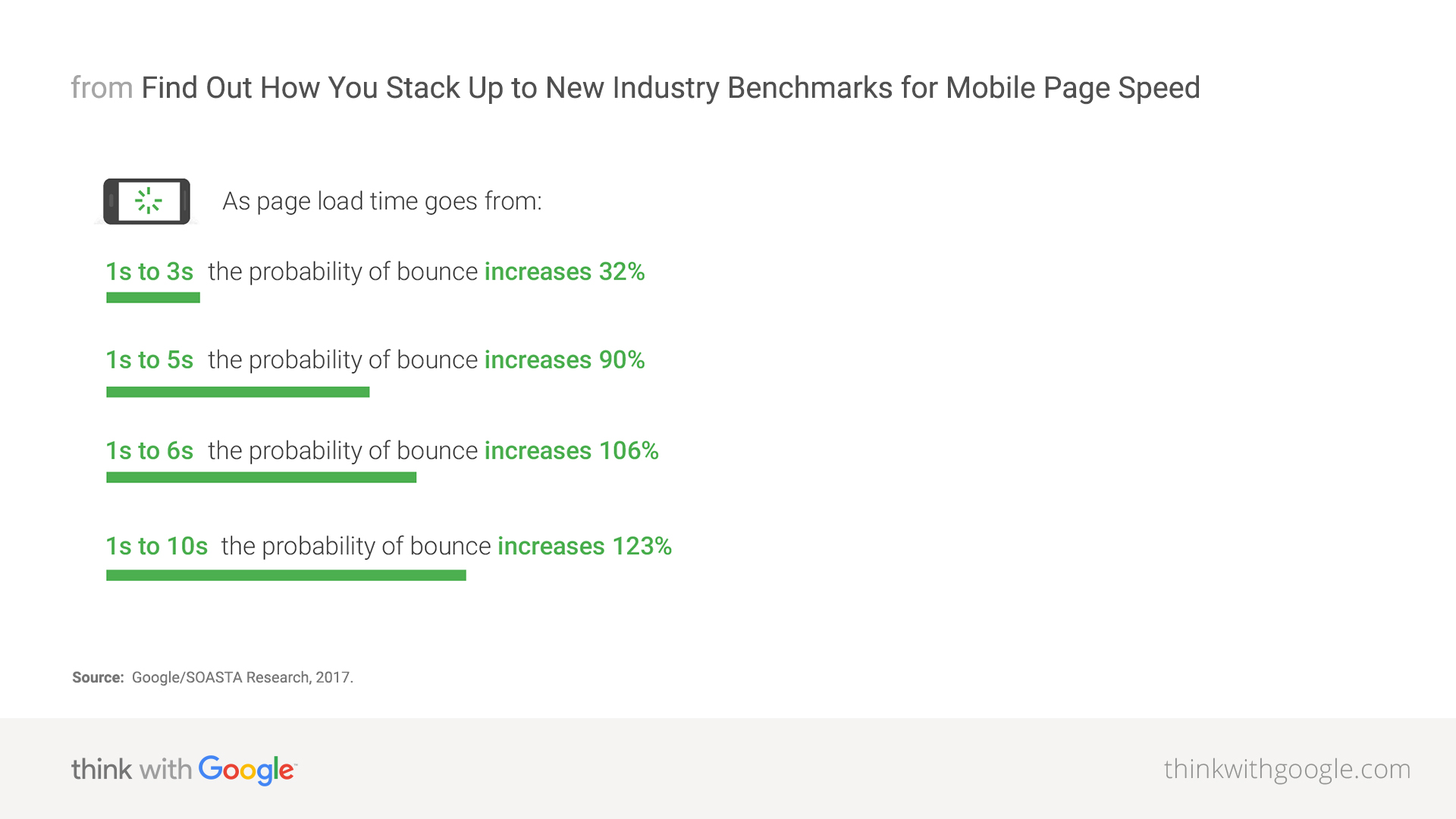🤓 The 2026 Local Search Ranking Factors are here!! Check out the report!
🤓 The 2026 Local Search Ranking Factors are here!! Check out the report!

In 2021 Google announced it would include page experience signals as a ranking factor. Included in page experience signals are Core Web Vitals which help measure the quality of a website experience.
We wanted to know if page experience signals affect local rankings, so we studied 4,500 Google Business Profiles and analyzed the landing pages for the top-ranking results. We ran Core Web Vitals diagnostics to see how they stacked up against Google’s page experience standards.
Study Breakdown:
==[ultimate_spacer height=”10″]
==[ultimate_spacer height=”10″]When we analyze the landing pages earning the top rankings, there’s little difference compared to the aggregate data.
We’ve outlined below how Core Web Vitals scores are categorized as poor, needs improvement, and good.
[ultimate_spacer height=”10″]
From this snapshot, we see that mobile performance scores and Core Web Vitals don’t have a big impact when it comes to rank. Most landing pages received a “poor” score for quality experience, with the exception of Cumulative Layout Shift (CLS).
We hypothesize 61% of local businesses studied scored well for CLS because these sites likely don’t host ads or other dynamic content, and thus offer more visual stability for a site visitor. While you should get test results for your own site, most local businesses will likely have to focus their attention on improving scores for Largest Contentful Paint (LCP), First Input Delay (FID) and Mobile Performance.
Local businesses likely score poorly for LCP & FID due to website hosts with slow server response time, unoptimized images and videos, and bloated Javascript on the site with no developers to address the problem or help reduce Long Tasks. What kind of experience are your customers having on your website? Make user experience a priority and enhance your local SEO strategy with help from Whitespark. Learn more about our local search services.
While Core Web Vitals don’t appear to have a big affect on rankings right now, website managers should strive to provide the best experience for visitors and these metrics can help you determine what to work on.
Every business should care about improving website experience. Google is currently rolling out more updates based on page experience signals, and websites that ignore low Core Web Vitals scores could be negatively affected in the very near future.
User experience is a conversion factor. If your website isn’t providing a positive experience, you will lose prospective customers. Even if your site ranks well, a poor user experience can lead to lost sales.
Google found that 53% of visits to a mobile site are abandoned if the page takes longer than 3 seconds to load. Using a neural network to look at bounce rates and conversion data, it found that when load times increase from 1 to 7 seconds, there is a 113% increase in the probability of visitors bouncing from the site.  When we look at the first page results in the Local Finder, 83% of the websites are taking longer than 4 seconds to load content for the visitor, and the average load time was 9.5 seconds.
When we look at the first page results in the Local Finder, 83% of the websites are taking longer than 4 seconds to load content for the visitor, and the average load time was 9.5 seconds.
This means most businesses are leaving money on the table from prospective customers bouncing back to the results. Don’t fumble acquiring a customer at the last yard line. If you want to get the most out of your hard-earned ranking, make sure your site speed is optimized and your Core Web Vitals are in check.How does your website stack up compared to our sample data? Are you working to improve the page experience for your customers and website visitors? Let us know in the comments below!


Whitespark provides powerful software and expert services to help businesses and agencies drive more leads through local search.
Founded in 2005 in Edmonton, Alberta, Canada, we initially offered web design and SEO services to local businesses. While we still work closely with many clients locally, we have successfully grown over the past 20 years to support over 100,000 enterprises, agencies, and small businesses globally with our cutting-edge software and services.